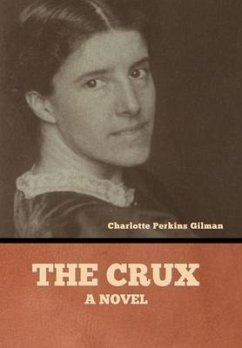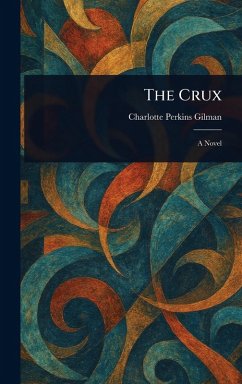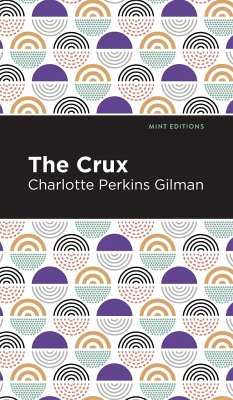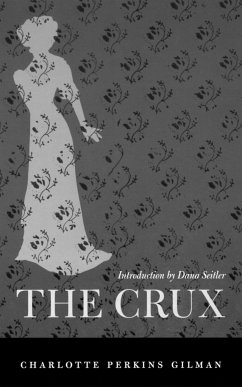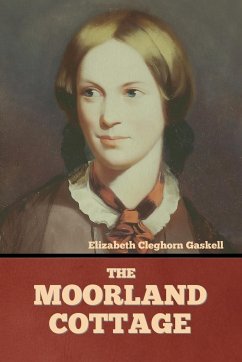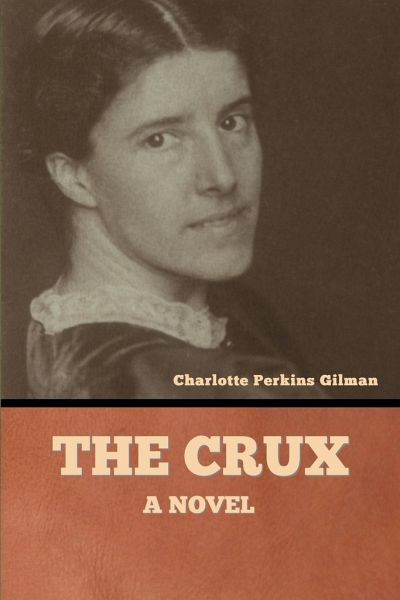
The Crux
A Novel
Versandkostenfrei!
Versandfertig in 1-2 Wochen
16,99 €
inkl. MwSt.

PAYBACK Punkte
8 °P sammeln!
PREFACE This story is, first, for young women to read; second, for young men to read; after that, for anybody who wants to. Anyone who doubts its facts and figures is referred to "Social Diseases and Marriage," by Dr. Prince Morrow, or to "Hygiene and Morality," by Miss Lavinia Dock, a trained nurse of long experience. Some will hold that the painful facts disclosed are unfit for young girls to know. Young girls are precisely the ones who must know them, in order that they may protect themselves and their children to come. The time to know of danger is before it is too late to avoid it. If som...
PREFACE This story is, first, for young women to read; second, for young men to read; after that, for anybody who wants to. Anyone who doubts its facts and figures is referred to "Social Diseases and Marriage," by Dr. Prince Morrow, or to "Hygiene and Morality," by Miss Lavinia Dock, a trained nurse of long experience. Some will hold that the painful facts disclosed are unfit for young girls to know. Young girls are precisely the ones who must know them, in order that they may protect themselves and their children to come. The time to know of danger is before it is too late to avoid it. If some say "Innocence is the greatest charm of young girls," the answer is, "What good does it do them?"



